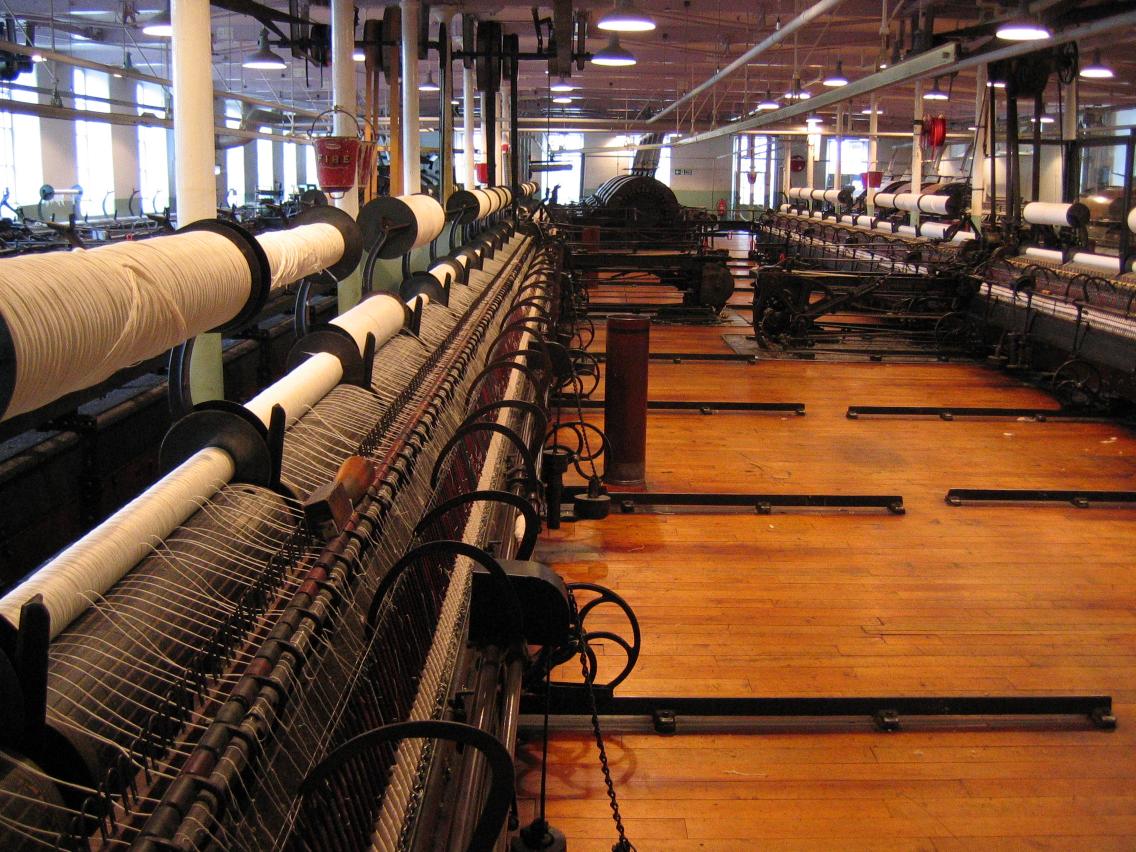As Iran and the so-called P5+1 group strive to reach a comprehensive agreement over Iran’s nuclear energy program, which if finalized is expected to boost the level of international trade and encourage investment by both Iranian and foreign financiers in the local industries, some industries seem unprepared for such scenario due to lack of improvement in basic infrastructure over the past years.
The textile industry is one such sector which has particularly suffered, as a combination of smuggled Turkish clothing and import of inexpensive Chinese products have caused the domestic garment manufacturers to lose their competitive edge, causing many production units to either close down or shrink considerably.
Currently only about 20% of the country’s demand for apparel is met domestically, a member of Association of Iran Textile Industries, Gholam-Ali Rokhsat told ISNA, adding that the majority of imports are low-quality clothing from China that often tainted with harmful chemical substances used for dying.
Investment Priority
Highlighting the policies adopted in support of the textile industry, head of the textile and clothing department of the ministry of industries, mine and trade, Golnaz Nasrollahi, in an interview with Persian newspaper Ta’aadol, said the textile industry was given “high investment priority” while drafting the Industrial Development Strategies, which is scheduled to be unveiled within two months as promised by Industry Minister, Mohamamd-Reza Nematzadeh.
According to Nasrollahi, currently about 9,800 active industrial units are working in textile manufacturing, accounting for 11% of total active industrial units. The amount of fixed capital investment in the textile manufacturing units is 78 trillion rials ($2.36 billion at market exchange rate), which comprises 5% of the total capital invested in industries. The textile industry has created more than 280,000 direct employment opportunities, which account for 13% of total employment in the industrial sectors. “This indicates the textile industry’s high potential for generating employment.”
“Revising the import duty for fabric and yarn to support domestic production, drafting the strategic plan for textile industry in line with the National Vision for the year 2025, supporting the textile manufacturing units for renovation and modernization of equipment, prevention of excessive imports and smuggling, and establishment of Garment Industrial Parks in different cities, are on the ministry of industry, mine and trade’s agenda to support the textile industry,” said Nasrollahi.
Preparing for Post-Sanctions Era
Meanwhile, Mohammad-Mahdi Ra’eeszadeh, the head of the investment and finance commission of Tehran Chamber of Commerce, believes basic infrastructure development and equipping the industrial units with modern machinery should be pursued within the short time that remains before consummation of a final nuclear deal between Iran and the six powers (the five permanent UN Security Council members plus Germany), to pave the way for foreign and domestic investment once the restrictions have been removed.
According to Ra’eeszadeh, branding is the weak link in Iran’s textile industry; therefore he announced that the chamber is planning to organize a branding conference to raise awareness about the importance of brand creation for absorbing foreign investments in the post-sanctions era.
Referring to developments in the Garment Industrial Parks, he said the ministry of industry, mine and trade has finalized the location for the first of such parks, which aim at mobilizing textile and garment manufacturing units in one location to help reduce costs and improve quality.


